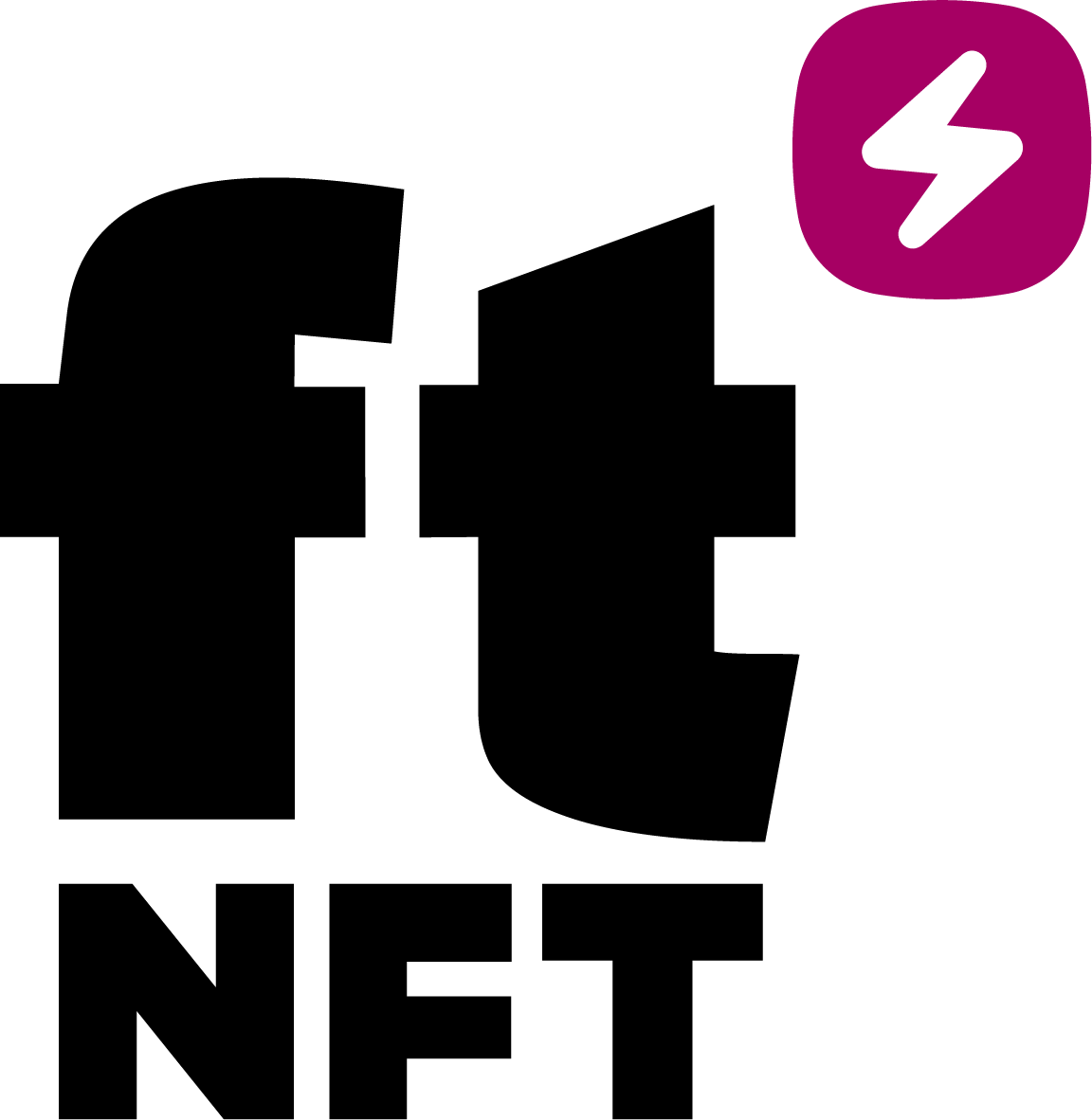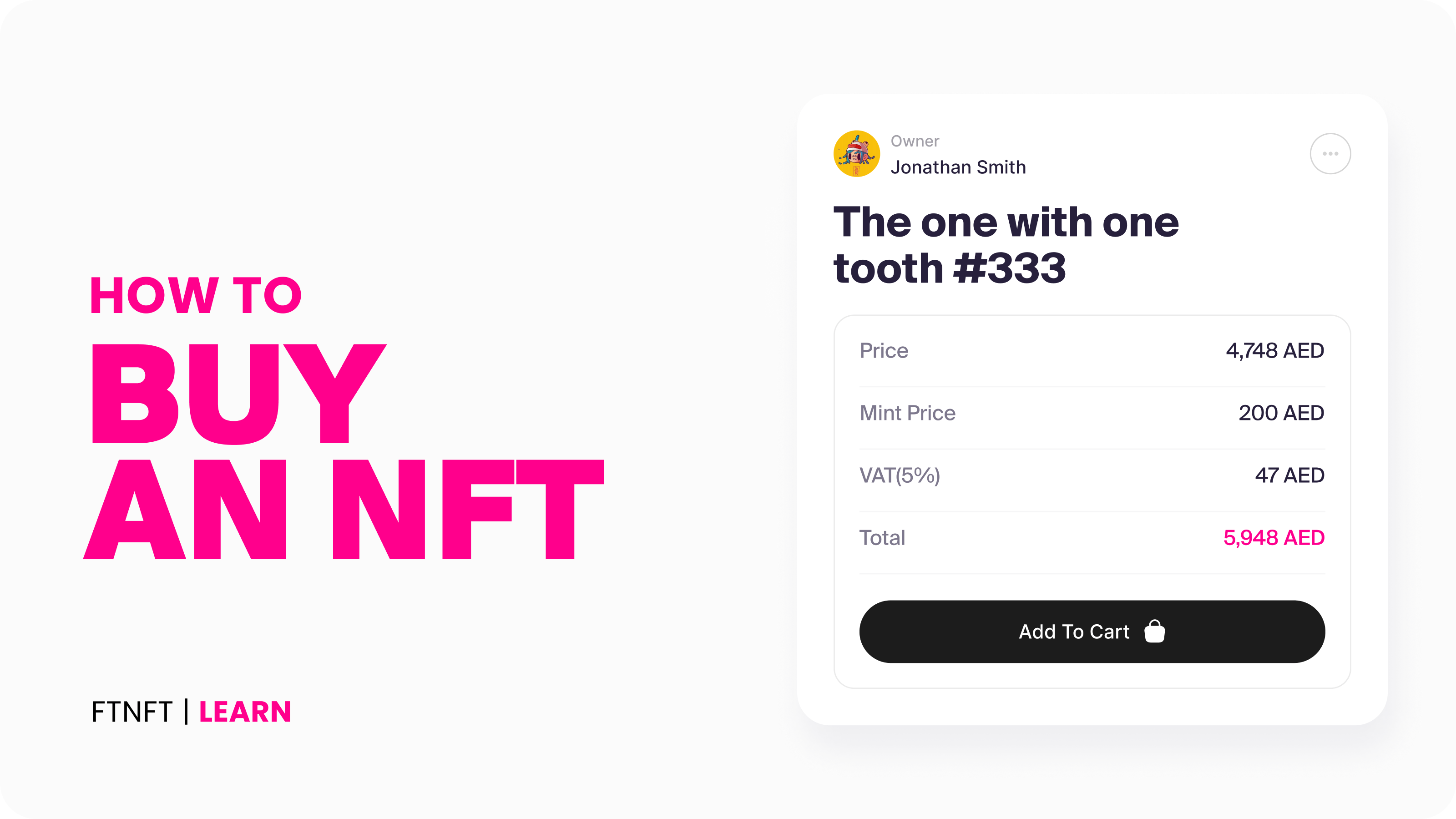Nobody could imagine that one day you would be able to buy and sell digital art using cryptocurrency. But the introduction of NFTs revolutionized the world of modern art.
Now, artists create their NFTs, store them on the blockchains and sell them or even buy other NFTs using cryptos.
NFT selling and buying is a rapidly growing industry and draws more attention with every passing day. If you are already an expert in the field of cryptocurrencies or already have some background information, trading NFTs will be easy for you. But if you are a newcomer, you should learn the basics first. To get more information about this interesting market keep reading our easy-to-navigate guide on how to sell and buy NFTs.
What Are NFTs?
An NFT is a digital asset of different formats such as PNG, JPEG, MP4, etc. Tokens are generated with a unique identification directly connected to a blockchain address. After storing it on the blockchain the certified owners can sell or buy other NFT from the marketplaces
What Is Minting?
The whole process of publishing your NFT on the blockchain is called minting. After the NFT is ready, you record its metadata on the blockchain. So you provide NFTs’ name, creator, description and other info.
What to Do With NFTs?
There are mainly two paths you can take in the NFT market: create and sell or buy and sell on the secondary markets.
If you are an artist, then you can use different marketplaces to create NFTs sreight on the platform using their own tools or upload already existing tangible tokens.
If you are a collector, then marketplaces will simplify the process of browsing and trading NFTs.
Buy and Sell
The most straightforward method of getting started with is NFT trading. To put it simple, you buy and sell previously produced digital assets instead of creating your own, so it takes less time.
How to Buy an NFT?
For the beginning let’s look at how to buy already existing NFTs.
Choose the Platform
NFTs are available on several different platforms and NFT marketplaces. Some of them require you to register and pass KYC before buying NFTs. Some platforms allow you to skip the registration process. The choice of the platform is solely based on your personal preferences, but when choosing the platform, pay attention to its security, transparency, 24/7 customer support, and user-friendliness.
Create an Account
As mentioned, some platforms require you to register, so you must follow the instructions on the screen and register. Remember the email and password you used to avoid problematic situations.
Create Wallet
Obviously, if you want to buy anything, you'll need money, right? Every Marketplace and NFT platform would require you also to create a separate wallet and attach it to your account. Some marketplaces even have wallets, meaning you'll need to deposit money. ftNFT, for example, has its own wallet, which is already attached to the users' accounts, so the users will just need to deposit money.
KYC (Know-Your-Customer)
Once you've gone through all the mentioned steps, the user may be required to pass KYC and identity verification. This is optional as some top NFT marketplaces don’t ask for KYC any more.
Choose the NFT
The next step is to choose an NFT or the NFT Collection that interests you the most. There are thousands of options available online. And deciding which is right for you can take time. Choose an NFT with a good reputation. If the community speaks highly of the token, it will retain its value over time. Also check the value and look at the data. Do a little research to see if the NFT or the collection will grow in the future or not.
How to Sell an NFT?
First, you'll need to organize an auction for the NFT. The actual procedure varies according to the platform, but once your NFT is on it, it's typically as simple as hitting a "sell" button.
For example, as a creator you’ll have the chance to list a price for your NFT, Auction it and see who will bid more or accept a price from another buyer.
The charges for listing your NFT can vary depending on the Blockchain the NFT platform supports. After placing the NFT for sale, the seller would get a notification and the money in their crypto wallet.
Create and Sell
Creating and selling the NFT is another common option in NFT trading. Here, the most important thing to remember is to create an NFT that would interest the NFT community. This means you need to research the market and find a target audience for your NFTs.
If you've already decided on the type of NFT you want to create, the next step is to select the Blockchain. Several blockchains are available on the market, including Ethereum, Solana, Ripple, and others. You will also need to understand if the desired Blockchain is supported in the Marketplace you've chosen. The choice of the Marketplace also plays a vital role. A good marketplace is usually intuitive, secure, transparent, and user-friendly. For example there are already some top NFT marketplaces that have gained reputation so check them out.
You should also understand that if you choose to create and sell, you need to gain social presence for your project, in other words raise awareness. Any social platform is good, but consider starting with Twitter and Discord.
NFT Trading on the Secondary Market
Now, as you already know how you can create and sell NFTs, it's time to get into the process of NFT trading on the secondary market.
How to Conduct the Research
If you choose to buy and sell NFTs on the secondary market, those are recommended points to consider during your research.
The Art
NFT is a form of digital art, it can be a photo, painting, music, movie, etc. You need to research how popular the art is at that moment. Check the artist, as it’s very important, see if it’s someone renowned or a newbie. Let’s also not forget about the quality, uniqueness and value of the NFT.
The Team
The team that launched the collections plays an important role as well. Check out their previous professional experience, what kind of NFTs they present and how successful they are in the market.
The Roadmap
An NFT roadmap is like the business plan for the collection. It will outline step by step how the team will launch the collection, work forwards its success and what can the public expect after the minting.
The Community
Here, you need to check out the social pages of the collection if they exist. See if the page has real followers and read their reviews. In each market the reviews of real people are important to understand the value of the collection.
Partners of the Collection
Another thing that can ensure the collections success is its partners. Look for information about who is supporting the collection. It can be a big Web2 company or any other big company.
Whitelist VS Secondary Market
It would also be essential for you to understand the secondary market trading circle, mainly consisting of the following processes.
Whitelist Mint
If you only want to flip (buy and sell fast), Whitelist Mint (pre-sale) is the best time to buy because in theory it's the lowest price you can get at the start. Whitelist minting gives an advantage as you can mint at a perfect timezone and avoid high gass fees compared to the Public Mint for example. But Private NFT mint is the hardest to get because if you are not on the whitelist you can’t go to the pre-mit site and mint privately before the public. So first you need to understand how to earn a spot on the whitelist. Different websites may have different requirements for giving a spot on the whitelist.
Public Mint
If you don’t manage to get a sport on the whitelist, don’t worry because there is still the public mint option. This can cost you a little bit more than private mint. Also, there isn’t any guarantee that you can mint your NFTs as there will be limited spots left and those may go out in seconds.
Secondary Market: Most of the minted NFTs could be available on the secondary market, especially right after the public mint, as people look to sell for a quick profit or to secure their initial investment.
Gas wars are a very common thing that happens with almost every hyped NFT Collection Public mint. If you want to avoid the gas wars but want to buy an NFT asap, the secondary market option is the best fit for you. However prices can go up after the collection is minted out, so you need to keep your eyes on the desired collection.
Reveal: In this process, many people get excited about buying NFTs to get a rare NFT or 1/1 NFT. It’s worth mentioning that reveal dates differ from collection to collection. For example the project may decide to instantly reveal the collection after the mint or may fix a date for going public.
Following this logic, it’s obvious that before going public the collection is considered to be super rare and unique and the prices are very high. After the reveal the price goes down because people sell common ones and try to buy rare ones or don't buy back at all.
Sum up
In general putting your NFTs on sale while the gas fee is low is advisable. This ensures that you have already paid both fees in advance so that when the time comes to sell your NFT, you will avoid scenarios where you will have to pay high gas prices. You will also need to choose the right price, based on the collection performance and market conditions. For that purpose, you will also need to understand the rarity of your NFT, which can be checked via rarity-checking apps and websites or straight on the Marketplace you are using. Apart from that, you can also look at the prices of other NFTs from similar collections.
This article was an introduction to trading NFTs. We hope it can guide you through your NFT trading experience and make it stress-free and full of benefits. There are dozens of NFT Trading strategies and guides on the web you can look into, but as we love to say - DYOR.
NFTs are still emerging and evolving assets. Any insights provided in the above material should not be perceived as investment or financial piece of advice. Do your in-depth research to make informed decisions on performing any action with NFTs.







